This week I explain how your skin is made up and how to best protect it. Our skin is the largest organ in our body and the one that is constantly visible.
A window into our health
As the Summer months approach we may be looking at our skin more closely, but at any time of the year it is an indicator of how healthy we are.
Our skin has many jobs:
- Protects us against UV light
- Protects us against dehydration
- Helps protect against pathogens
- Insulates & regulates body temperature
- Removes toxins through sweat and sebaceous glands
- Synthesises vitamin D
- Sensation
Our skin does so much for us and operates with a delicate balance, which is why it’s important we should treat it with kindness and respect.
Skincare
On average women use 12 personal care products a day, exposing themselves to around 168 unique ingredients. Your skin is not completely impermeable. Depending on the molecular size of certain ingredients, they are actually able to penetrate to different layers of your skin. Some can be beneficial such as vitamin C which can then stimulate collagen. However it is important to note that many skincare products contain chemicals which then reach our bloodstream.
I use Tropic skincare products as I know that they are made from natural ingredients. There is an app called ThinkDirty which you can check your own skin products against.
Skin Layers
To do this, let’s dive into our skin’s anatomy. Our skin is split into two main layers that sit on top of a
layer of fat and connective tissue called your hypodermis.
The Dermis – That’s where we find collagen, elastin, and hyaluronic acid. It also houses our sweat glands, blood vessels, hair follicles and neurons.
Collagen acts as scaffolding to give our skin strength and rigidity. Gram for gram, collagen is stronger
than steel and is one of the most abundant proteins in the body, however, collagen production in the skin falls by approx 1% each year after the age of 20, and that’s what leads to a loss of volume in the skin as we age.
Elastin is another protein that gives our skin its elasticity. Elastin production depletes with age and leads to sagging skin and enlarged pores.
Hyaluronic acid, a powerful sugar molecule that has the ability to absorb 1000x its own
weight in moisture. It keeps the skin hydrated and plump. And yes, it too depletes with age. Once
we reach our 60s, we’ll have just a quarter of the hyaluronic acid we were born with.
Epidermis – Contains different types of skin cells that are responsible for our sense of
touch, defence against microbes, melanin production and keeping our skin barrier intact so we stay
waterproof and protected.
If you envision our skin as a brick wall made of skin cells, the lipids make up the ‘mortar’ of this ‘brick wall’. All of the lipids and skin cells, or rather the bricks and mortar, form a part of our skin’s barrier, preventing external bacteria from entering and keeping moisture locked in. However, this ‘mortar’ does deplete with age which can cause cracks in our skin’s barrier, leading to dehydrated skin from moisture loss and inflammation as external bacteria enters.
Skin is continuously shedding as the cells mature and move upwards. We have about 20 layers of these dead skin cells and this is the skin that we actually see. It takes roughly the same number of days to renew as our age (so I’m 50 and therefore my skin renews every 50 days) and this is one of the reasons why our skin looks duller as its older.
Skin Microbiome
Our skin has a natural microbiome, just like your gut, and it is important to maintain that natural microbiome. They helps to defend against attack from bad microbes, and they’re paramount in healthy skin function. Those with skin disorders such as eczema and acne are found to have a less diverse skin microbiome, and so their skin is less able to defend itself against bad microbes, leading to inflammation and irritation.
Digestive health and skin
Our skin is a window into the health of our body and particularly our digestive system. We excrete toxins through our skin, our breath, our urine, and our faeces. As the largest organ it is can be a visual indicator of health.
Whilst you might not initially consider that dry skin, eczema, or rashes are connected to the digestive system, I’ve seen improvements with many clients.
Remember that the skin is our largest and most visible organ, so treat it with care.
My links
Are you thinking more about your skin health now that the weather is warmer? Let me know if you need any support or advice.

